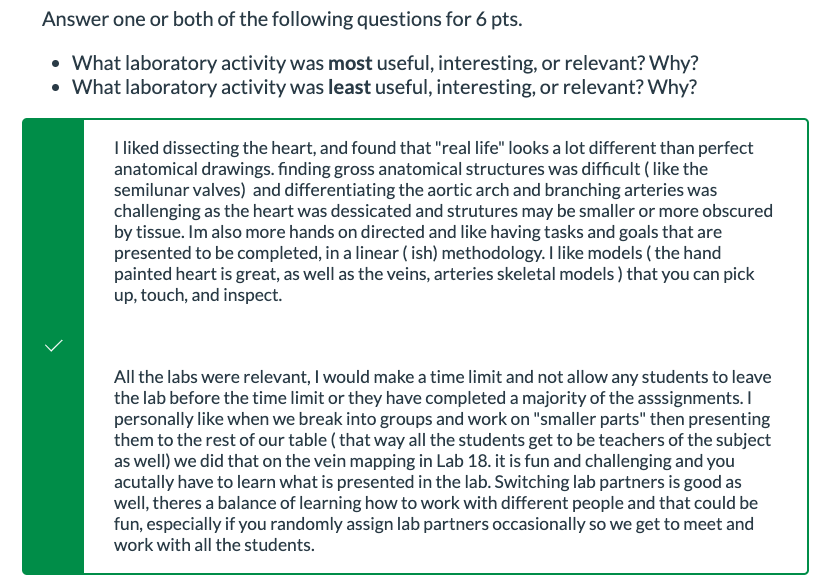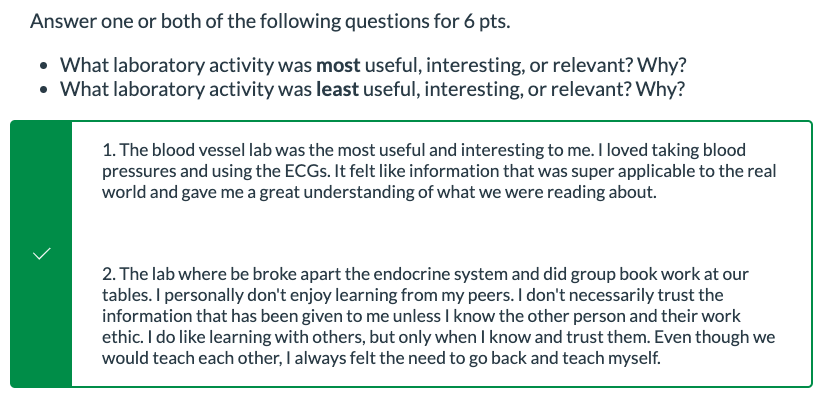Cultural Fluency Teaching Academy (CFTA) Portfolio
Hi! I’m Rayna. I’m from a small town in East Texas , but I now live in Alpine Meadows, two very different places that are both filled lakes and pine trees that I love. I hold a Ph.D. in Molecular and Cellular Biology and a B.S. in Biochemistry from The University of Texas at Austin. I have nearly 20 years of experience teaching courses in biology, chemistry, computer science, Spanish, and yoga. At LTCC I have taught 5 courses: Intro Biology, Cell and Molecular Biology Lab, Anatomy & Physiology Lab, Organic Chemistry Lab, and Intro Chemistry.
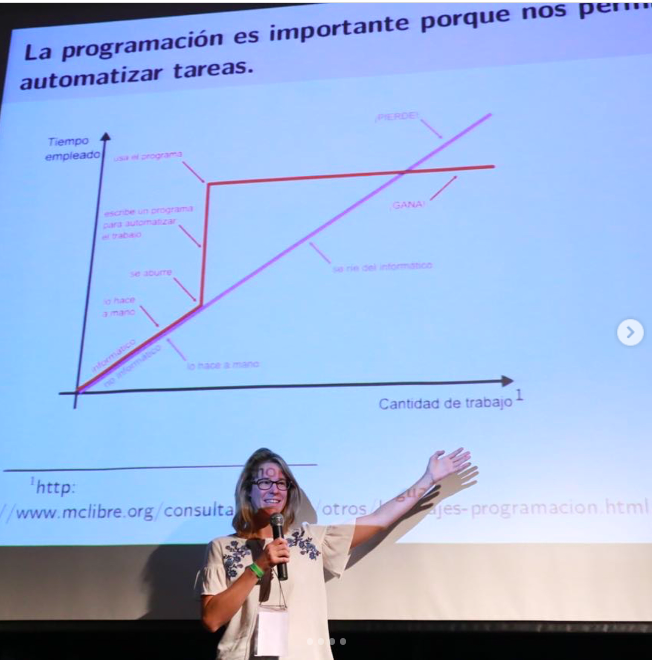
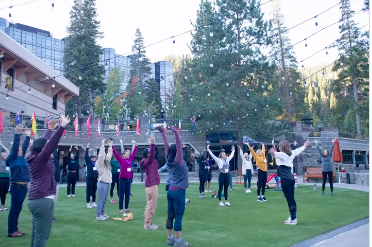
_Photo of me teaching how to use R for data analsis (en Español) as part of an R Ladies Buenos Aires meetup (right, click here for slides) and yoga as part of an educational summit on mental health concerns in athletes (left, click here for class outline). _
Teaching Philosophy
I believe learning should be goal-oriented, accessible to all, measurable through assessment, and fun. You can read my teaching philosophy and my CV to learn more. This portfolio highlights the impact of the Courageous Faculty Teaching Alliance (CFTA) on my approach, particularly in the Anatomy & Physiology (BIO 204 and 205) and Introduction to General Chemistry for Dual High School and College Credit (CHM 100) courses.
Course Motto
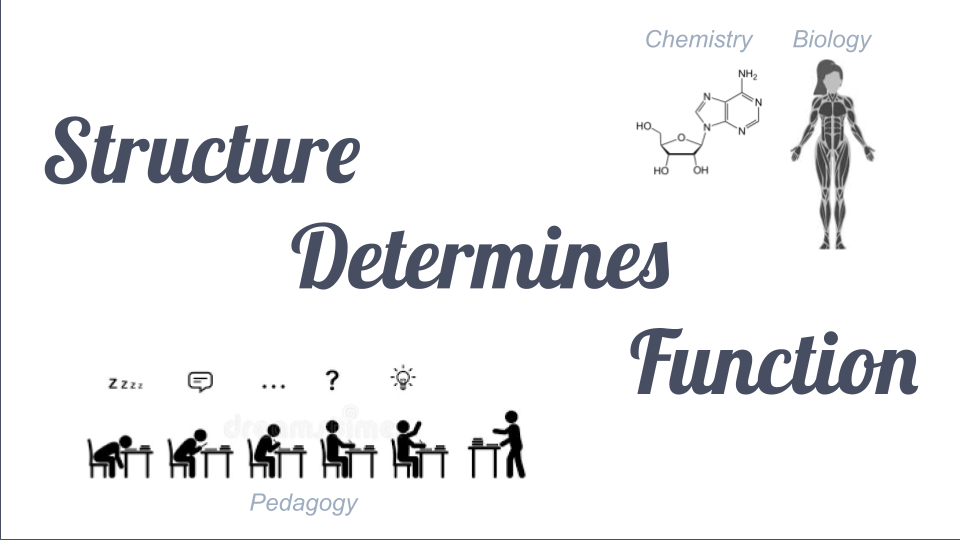
In chemistry, the principle of “structure determine function” means that the arrangement of atoms and bonds within a molecule determines its chemical and physical properties and how it interacts with other molecules. In biology, anatomy is the study of body structure and physiology is the study of the function of cells and organ systems. In pedagogy, changes to the structure of the course may lead to differences in learning outcomes.
Goals for my CFTA Fellowship
1. Implement more equitable grading practices
2. Increase engagement in the classroom and laboratory
Final Reflection
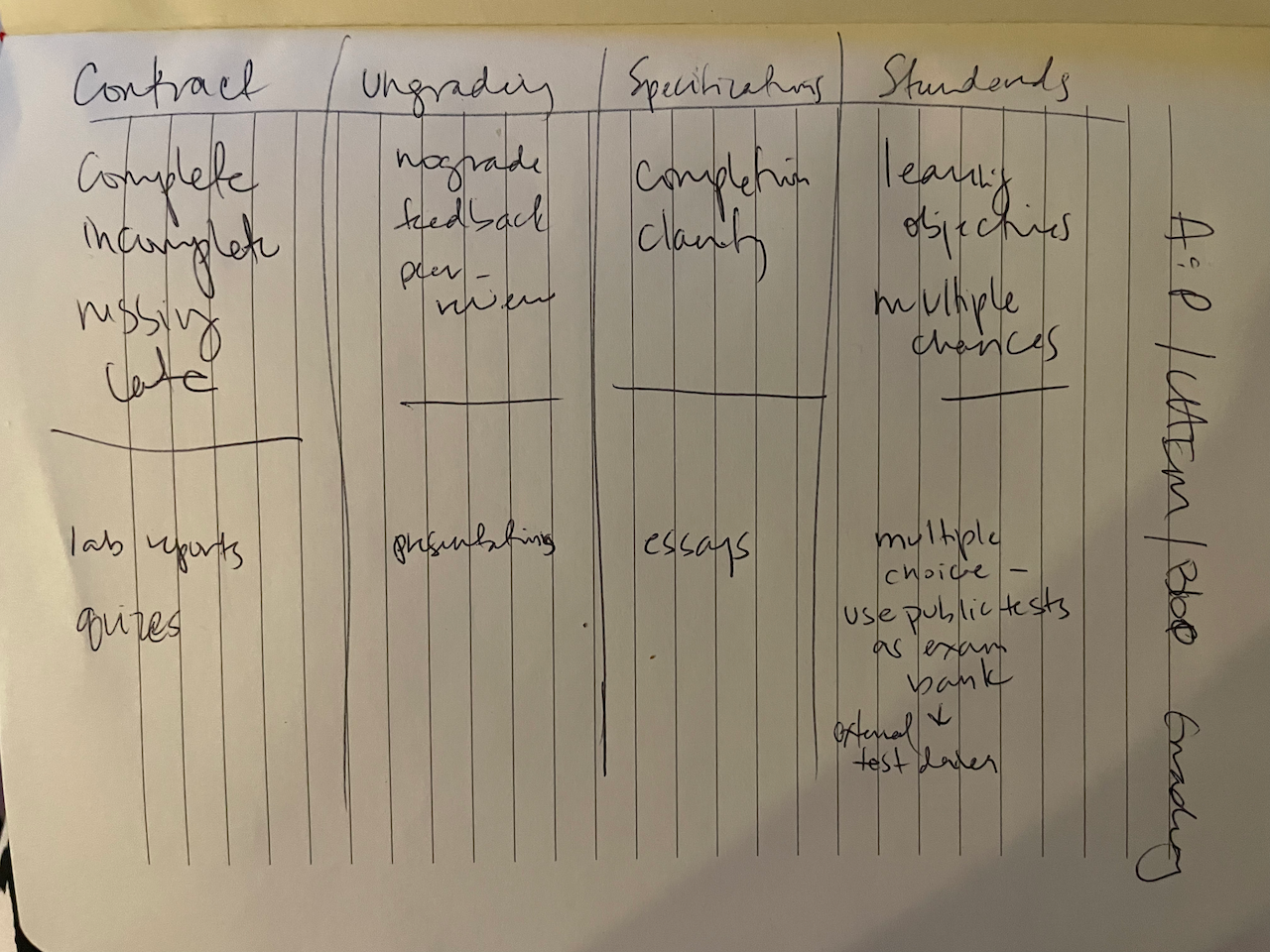
The CFTA has transformed my understanding of class participation and grading. Moving forward, I will be more explicit about how and why I grade (e.g. completion, specs, and standards) and improve my use of rubrics. .
Pedagogical and Curricular Changes
Complementary Essay and Multiple Choice Questions

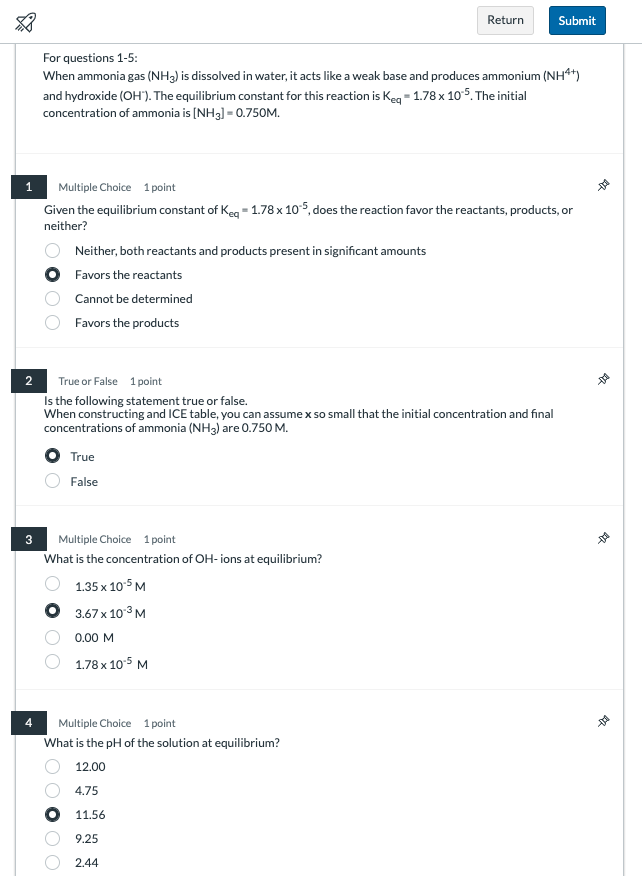
Related to the Dr. Bruce Hoskins lecture, I created additional multiple-choice questions for my chemistry class. I changed some open-ended essay questions from handwritten homework assignments into a series of multiple-choice questions for in-class assessments. My goal was to offer students immediate feedback on their quiz performance, indicating whether their answers were correct or incorrect. I then used the homework assignments to provide more detailed feedback, focusing on their calculations and logical reasoning.
More Think-Pair-Share Activities
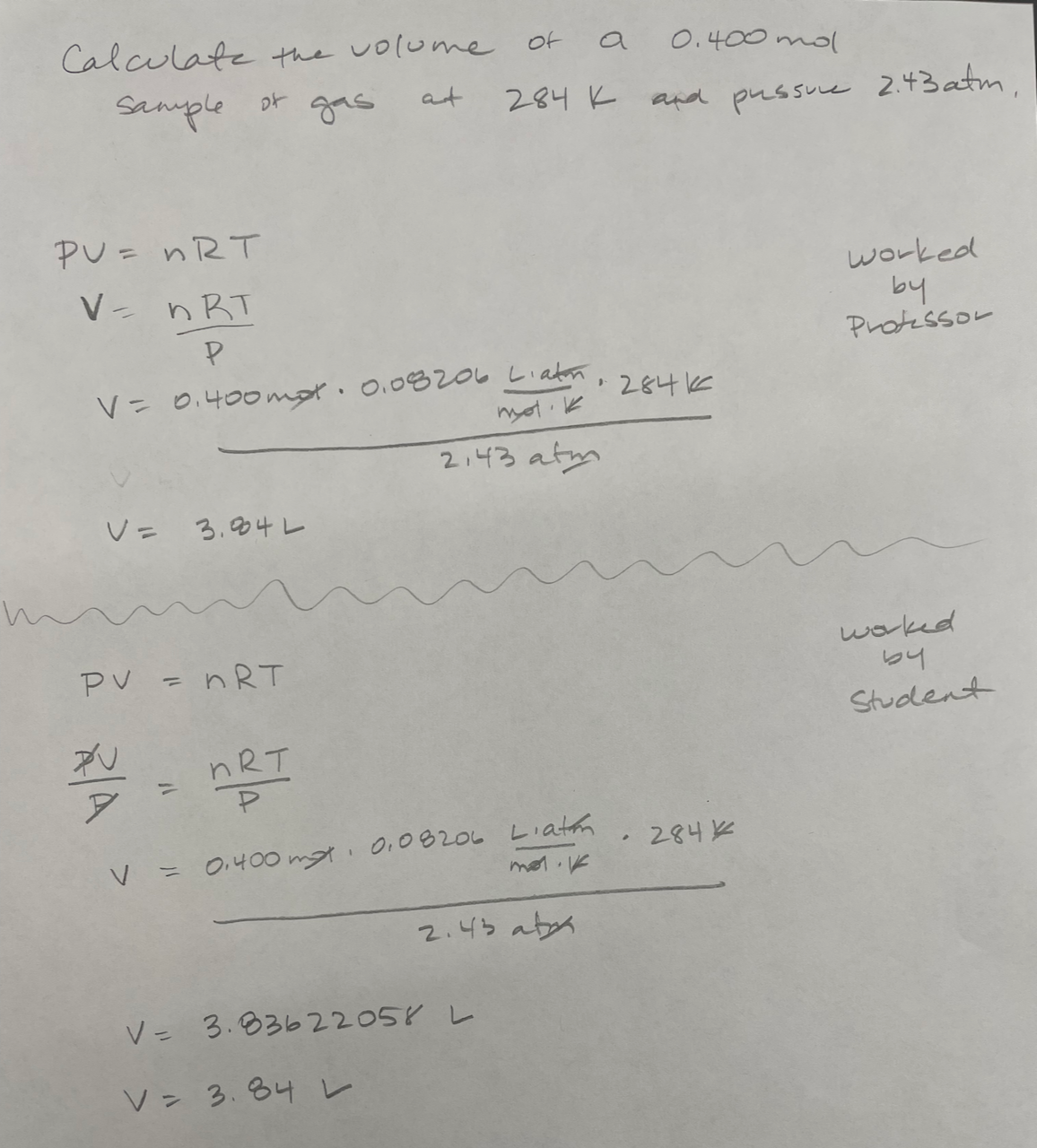
Rationale: peer-peer teaching increases engagement, encourages critical thinking, promotes knowledge transfer rewards participation without grading.
Midterm Icebreakers for the Win
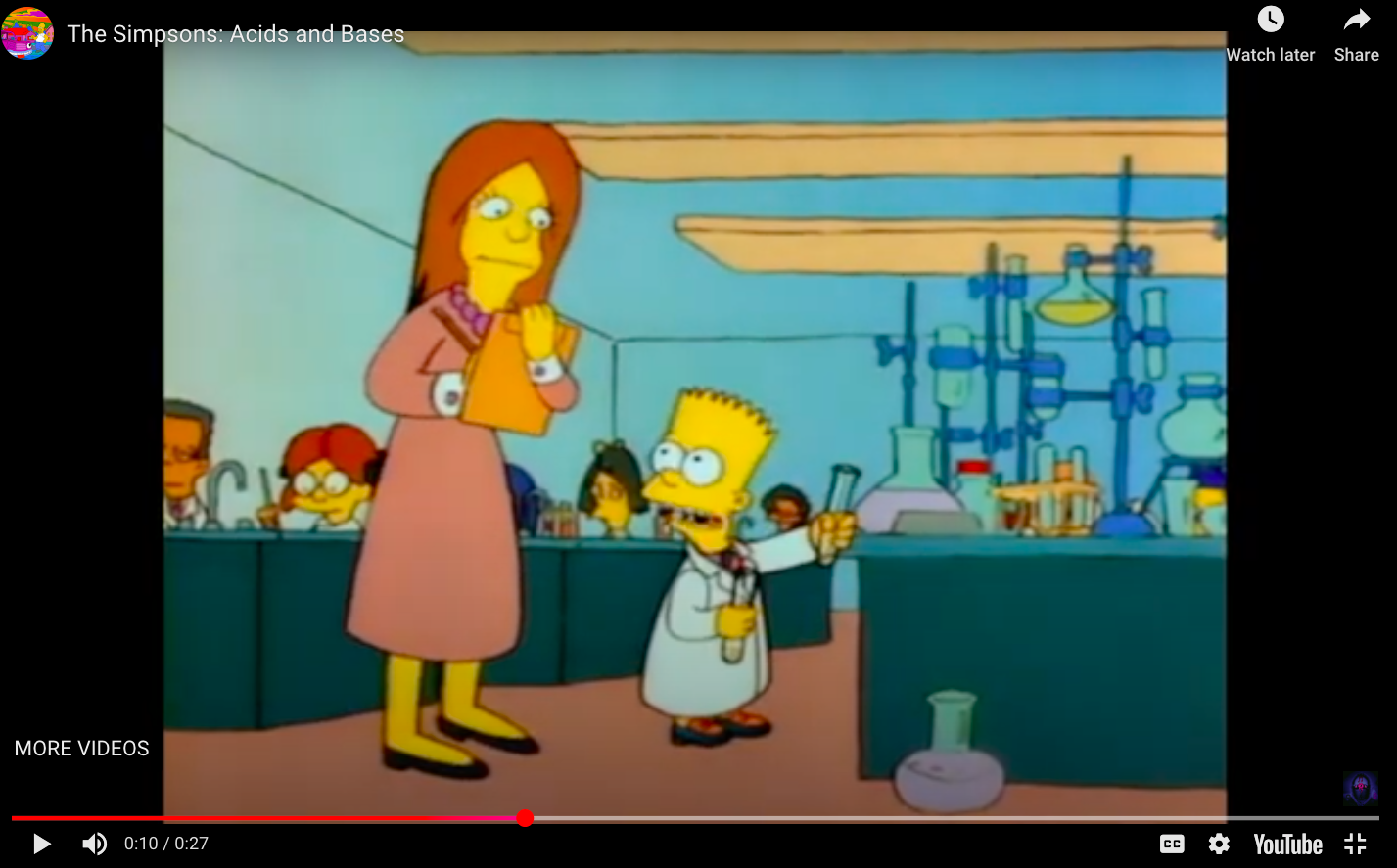

Pop-culture in Chemistry
Inspired by the “Equity Infused Teaching” lecture by Dr. Bruce Hoskins, I wrote three prompts from the science in pop-culture activity in CHM 100, Dual Credit course. The students pulled a prompt from a beaker the were instructed to think of examples alone, with a partner, and in small groups (think, pair, share). Students were very engaged. Then we segued into drawing chemical equation prompts from a beaker to work on homework problems in class. At the end of class, one student (who said they didn’t want to be there upon arrival) said that the pop culture active was the perfect activity to get him to be excited about chemistry and participation.
Body Scan Meditation
Body Scan Meditations are common yoga practices that raise self-awareness and calm the mind. I incorporated this (with a twist) as an icebreaker on Day 1 of BIO 305. I invited students to close their eyes and take a few deep breaths. First, they brought their attention to their feet and lower limbs, recall what you learned about bones, joints, muscles, and blood vessels they studied in previous quarters. Then, they shifted their awareness to the pelvic and abdominal regions, followed by the chest and heart, and visualize what you hope to learn about the digestive, reproductive, and respiratory systems. Finally, they directed their attention to their heads. I encouraged them to acknowledge how much they are capable of learning and to set an intention for the quarter ahead. I believe this self-reflection, forward-thinking, and integration of concepts helps set a positive tone for the quarter. I can’t help but wonder how else mediation and yoga can be used in the educational classroom…
Alternate Assignment Options
Thanks to a discussion about grades with Heather Eubanks, I made adjustments to the grading structure of my Biology lab quizzes. My quizzes now have built-in make-up alternatives to ensure students have the opportunity to earn credit following an absense.
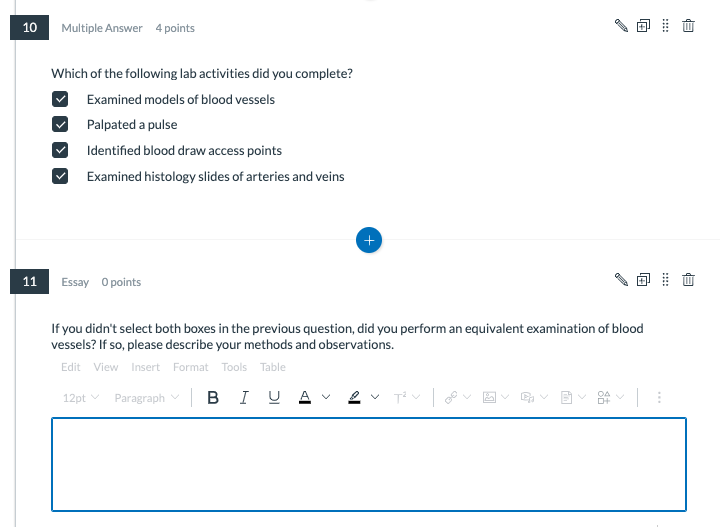

Group-Work: Yea or Nea?
